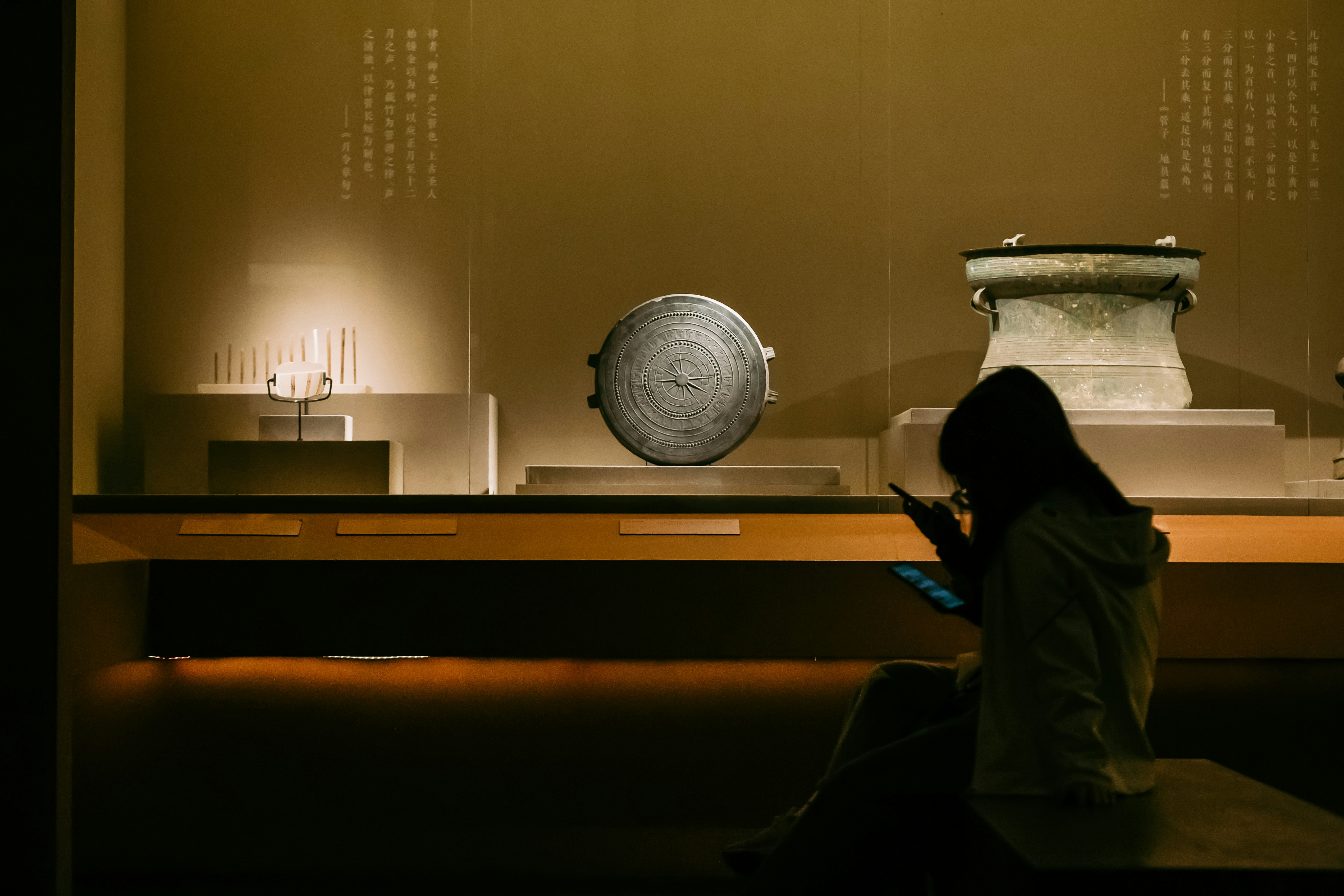Digital Memory: Crafting Augmented Reality Learning Adventures
As the world evolves, so does our approach to education. Imagine stepping into a classroom where the lessons transform into lively stories, bridging the gap between knowledge and experience. Welcome to the realm of digital memory, where augmented reality storytelling creates interactive learning environments that ignite curiosity and foster engagement.
The Power of Augmented Reality in Education
In the past decade, augmented reality (AR) has transitioned from being a futuristic dream to a practical tool woven into our daily lives. From smartphone applications that overlay digital information onto the physical world to advanced AR headsets like Microsoft’s HoloLens, the applications of AR in education offer a transformative experience. Educational institutions are increasingly adopting AR to create a captivating learning atmosphere, encouraging students to delve deeper into subjects while experiencing them firsthand.
AR empowers educators to break down complex concepts by providing interactive visualizations. For instance, imagine a biology lesson where students can explore the human anatomy in 3D, observing how systems work in real time. This immersive experience not only captures students' attention but also enhances retention—children learn better when they experience lessons in a rich context. According to a study published by the University of Maryland, students using AR had a 30% higher retention rate compared to traditional learning methods.
What is Digital Memory?
Digital memory refers to the encapsulation and preservation of experiences and knowledge in digital formats. The synergy of digital memory and storytelling in AR can revolutionize how individuals interact with educational content. This innovative pairing allows for the seamless integration of interactive lessons that not only inform but also inspire.
For instance, educators can create an AR experience where students navigate through historical events, experiencing the sights and sounds of different eras, thus creating a more profound connection to the material. Moreover, the collaborative and multimedia nature of AR learning strengthens student engagement and encourages teamwork—an essential skill for their futures.
Augmented Reality Storytelling: How It Works
The concept of augmented reality storytelling revolves around enriching narratives with interactive elements that engage learners more deeply. Imagine a history lesson on ancient Egypt. Through AR storytelling, learners can witness a pharaoh’s daily life unfold around them, explore the pyramids, and interact with holographic representations of historical figures. Connecting education to an immersive experience allows learners to forge a personal bond with what they study, making the material resonate on a deeper level.
Crafting Engaging Storylines
Creating compelling storylines is crucial for effective AR experiences. The narrative should tie seamlessly with educational content, providing context and intrigue. Elements such as character development, plot twists, and relatable scenarios enhance the educational journey, making even technical subjects feel approachable.
Let’s consider a science lesson about ecosystems. By embedding a storyline featuring a character on a quest to save their habitat, learners can perform actions, such as planting virtual trees or cleaning up virtual pollution. This narrative not only engages students but also incites inspiration for real-world action.
Supporting Learner Autonomy and Exploration
One of the marvels of AR is its ability to empower students, granting them autonomy in how they learn. Digital memory pathways can be personalized, allowing students to choose their journey. This exploration invites learners to ask questions, conduct experiments, and engage with content actively rather than passively receiving information.
As education evolves, student autonomy is becoming paramount. AR environments can foster decision-making skills where learners evaluate risks and rewards through trial and error. Such immersive experiences enrich the educational encounter, promoting critical thinking that students can apply beyond the classroom.
Benefits of Augmented Reality Storytelling in Learning
The digital memory concept and its storytelling facets significantly enhance the learning process. Here are some of the core benefits of integrating AR into educational frameworks.
1. Increased Engagement and Motivation
Engagement remains a vital factor in successful learning outcomes. Traditional methods can feel monotonous to many students, leading to inattention and apathy. With AR storytelling, students find themselves immersed in a multi-sensory educational experience. By tapping into visual and auditory stimuli, AR captivates diverse learning styles, ultimately motivating students to participate actively in their education.
2. Enhanced Retention and Understanding
According to studies, students who learn via experiential methods retain knowledge more effectively. Learning through augmented reality allows students to see and manipulate digital objects, facilitating deeper understanding and retention of concepts. With AR techniques integrated into lessons, students often exceed their performance benchmarks, solidifying their understanding of complex topics.
3. Bridging the Gap between Theory and Practice
AR storytelling helps students make a connection between theoretical knowledge and its practical application. By immersing them in real-world scenarios, students grasp how subjects like math, science, and history function in everyday life. This connection cultivates a sense of relevance in education, ensuring students comprehend why what they learn matters.
4. Fostering Collaboration and Social Skills
AR experiences can be designed not just for individual learning but for teamwork and collaboration. Students can engage in problem-solving activities that require collaboration, communication, and negotiation—a fulfillment of social learning theories. Engaging in group tasks fosters camaraderie among students, enhancing their social skills in a supportive learning atmosphere.
5. Accessibility to Diverse Learning Needs
One of the most significant advantages of AR in education is its potential for inclusivity. By tailoring experiences to individual learning styles, AR can support students with various abilities, helping them grasp concepts on their terms. Students with varying learning needs can benefit from the customizable elements of AR, ensuring no learner is left behind.
Creating Augmented Reality Learning Experiences
To harness the full power of AR storytelling, educators need a solid understanding of how to create these interactive experiences effectively. Here’s a step-by-step guide to crafting meaningful AR learning environments.
1. Define Learning Objectives
Before starting any AR project, educators should clearly outline their learning objectives. What do they want students to understand by the end of the experience? By laying the groundwork upfront, it becomes easier to design meaningful narratives that align with educational goals.
2. Choose the Right AR Tools
There are numerous AR platforms available today, each offering its capabilities for creating interactive experiences. Tools like ARKit, Unity, and Zappar can help educators design experiences that meet their needs. It’s essential to consider factors such as ease of use, available features, and support when selecting the right AR tool.
3. Develop Interactive Storylines
Once the technology is in place, educators should start developing the storyline. Creating compelling characters, relatable conflicts, and meaningful resolutions will enhance the educational experience. The narrative should encourage active participation, allowing students to steer the course of their learning journey while keeping the educational goal in view.
4. Integrate Educational Content
Ensure that educational content supports the narrative flow. It should feel organic and necessary rather than forced. This connection will create a more impactful and memorable experience for students.
5. Test and Get Feedback
Before unveiling the AR experience to learners, conduct thorough testing to identify any glitches or areas for improvement. Involve peers or select students in beta testing to provide feedback on usability and engagement.
6. Implement in the Classroom
Once refinements have been made, roll out the AR learning experience in the classroom. Make sure to provide instructions on how to use the technology effectively, and encourage students to share their insights and experiences as they interact with the content.
Challenges and Considerations
While the benefits of AR in education are substantial, challenges exist that educators must navigate.
1. Technological Proficiency
Teachers must possess a certain level of technological proficiency to create and implement AR experiences effectively. Training sessions and ongoing support can help ease the integration of AR into the classroom.
2. Resource Availability
Funding and access to required technology can present significant barriers, particularly in underfunded schools. Striving for partnerships or grants can help educators access necessary resources.
3. Balancing Screen Time
Balancing screen time with physical activities is essential for both mental and physical wellness. While AR can be an engaging aspect of learning, it should complement, rather than replace, traditional educational experiences.
4. Developing Quality Content
Quality AR content requires thoughtful planning and execution, meaning educators must invest time and effort into the development process. Collaboration with content creators or tech partners can lead to more impactful AR experiences.
Final Thoughts
As education continues to transform, integrating digital memory and augmented reality storytelling emerges as a cutting-edge educational strategy. By crafting interactive learning environments that harness the power of technology, we are not just teaching knowledge but igniting curiosity and fostering lifelong learning skills.
Remember, the journey into augmented reality learning is one of exploration; educators should remain open to innovation, continually adapting their methods to keep pace with a rapidly transforming digital landscape. By embracing the possibilities, educators can inspire students today while preparing them for the challenges and opportunities of tomorrow.
In this reactive world, don’t forget to explore related articles like creating virtual reality time capsules or building digital resonance with emotional intelligence to continue enriching your educational practices.



